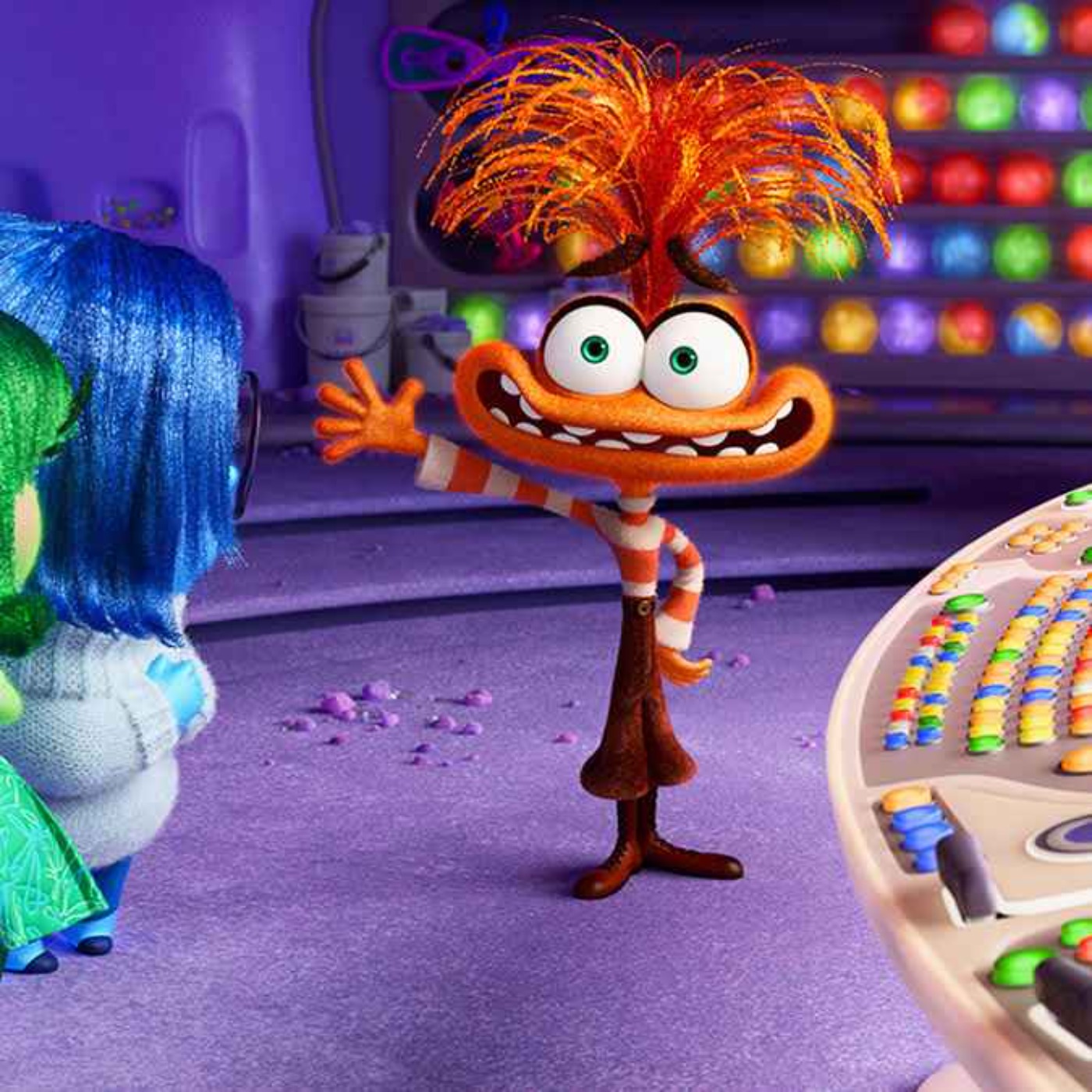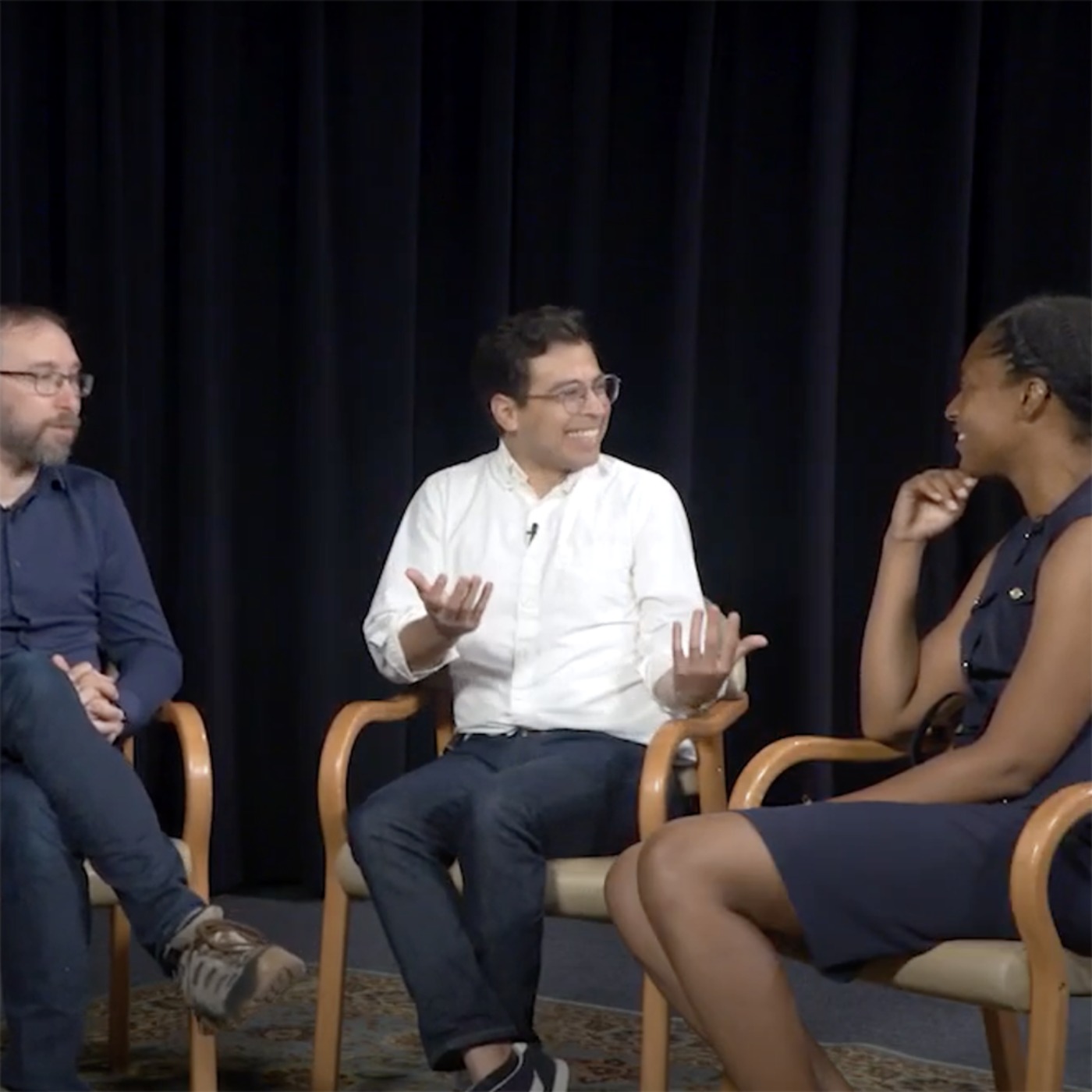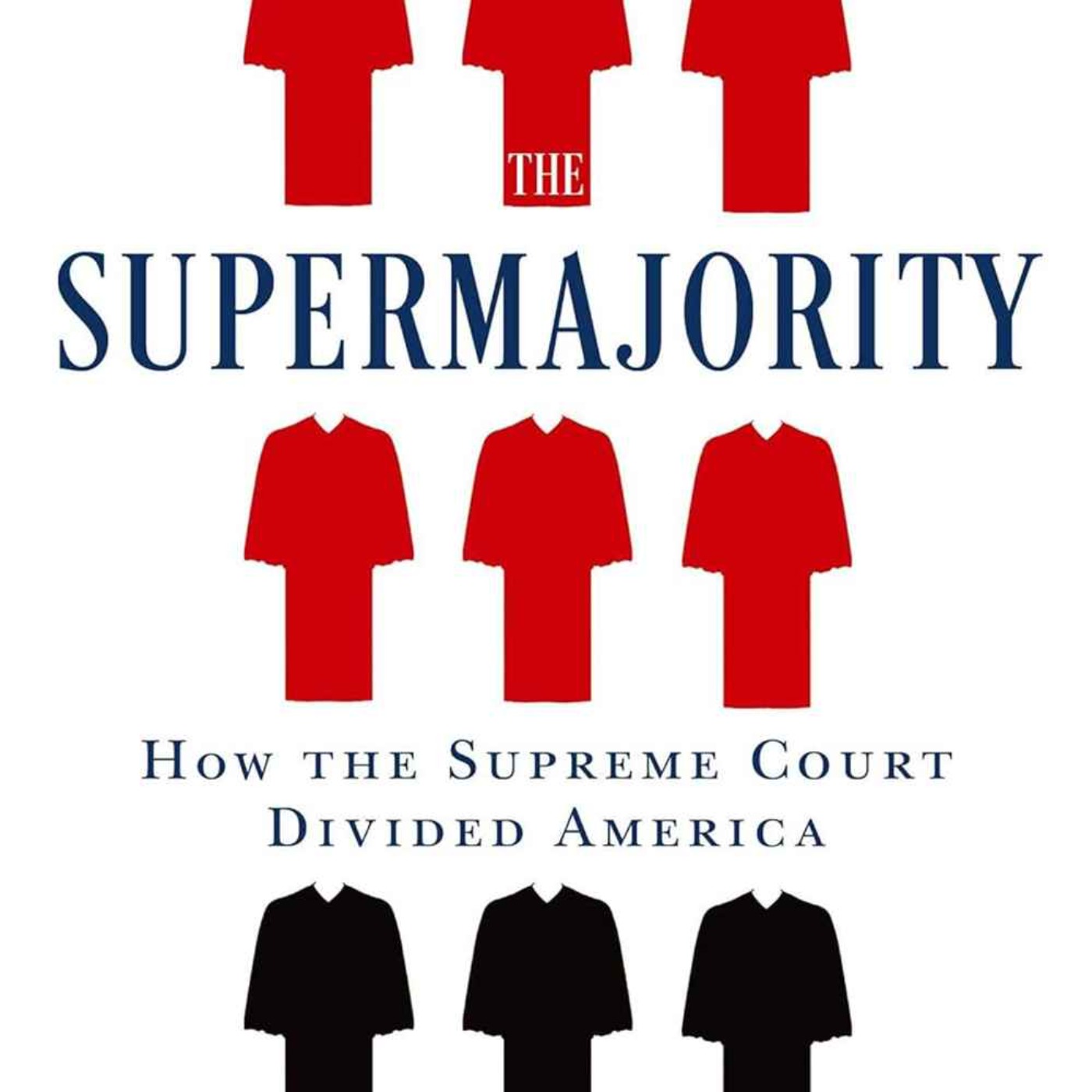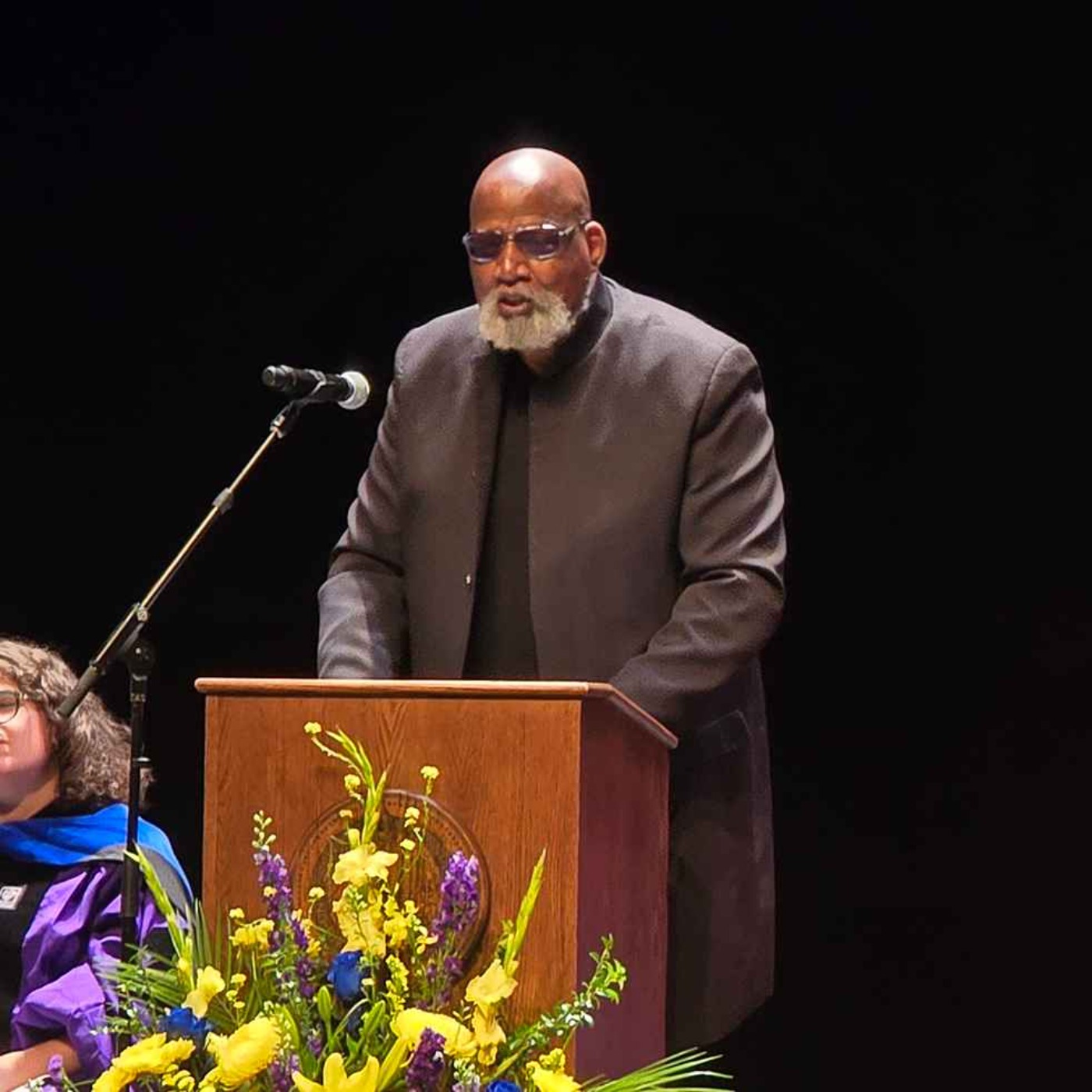The science behind the emotions in 'Inside Out 2'
Description
There’s a scene toward the end of the new Pixar film Inside Out 2 where the main character, 13-year-old Riley, is having a panic attack in the penalty box at a hockey match.
She’s just been reprimanded for tripping an opponent in frustration. On the outside, she’s seen sitting in the small space while grasping at her chest and neck, breathing in and out, faster and faster. On the inside, the character Anxiety, one of Riley’s newest emotions, is spinning in a glitchy loop at her brain’s control board.
After a few moments, Riley slowly begins to notice and reconnect with the world around her. Her panic subsides, her breathing steadies and she centers herself.
It’s a gripping illustration of a common (and terrifying) experience, and a reminder for teens and parents alike that there’s nothing to be ashamed of when it comes to anxiety. For experts who consulted on Inside Out 2, normalizing the emotion was part of the goal.
“You have so much pressure on young people to be perfectionistic and excel in everything,” said UC Berkeley psychology professor Dacher Keltner, who consulted on how to convey and understand emotions in the film. “Panic and anxiety, those are part of our evolutionary design. They have their point. They can get excessive, of course, but just to be there and to have a language, to let the child know they're not alone, that these are common reactions, is such a powerful [message].”
In Berkeley Talks episode 206, Keltner joins a panel of others who worked on Inside Out 2 — clinical psychologist Lisa Damour, who served as a scientific consultant on the film with Keltner, and the film’s lead editor, Maurissa Horwitz. Together, they discuss the unique pressures that teenagers face, the science behind emotions, and how all of them, even the most uncomfortable, have a purpose.
“I felt like I was learning more about my adolescent self as I worked on this movie,” said Horwitz. “I think being able to really name those emotions that come up during this period … and knowing that there's that amount of growth and reworking going on physically inside [your brain], it's just a great thing to be aware of as a touchstone.”
“I'm hearing that conversations are happening in families, whether it's around anxiety or self-talk,” she continued, “and that parents and families are feeling seen by this movie and relate to it so much. It's really incredible to be a part of that.”
This July 2024 conversation was moderated by Allison Briscoe-Smith, a child clinical psychologist and a senior fellow at Berkeley’s Greater Good Science Center, where Keltner is the faculty director.
Listen to the episode and read the transcript on Berkeley News (news.berkeley.edu/podcasts).
Screenshot from Inside Out 2.
Hosted on Acast. See acast.com/privacy for more information.
























